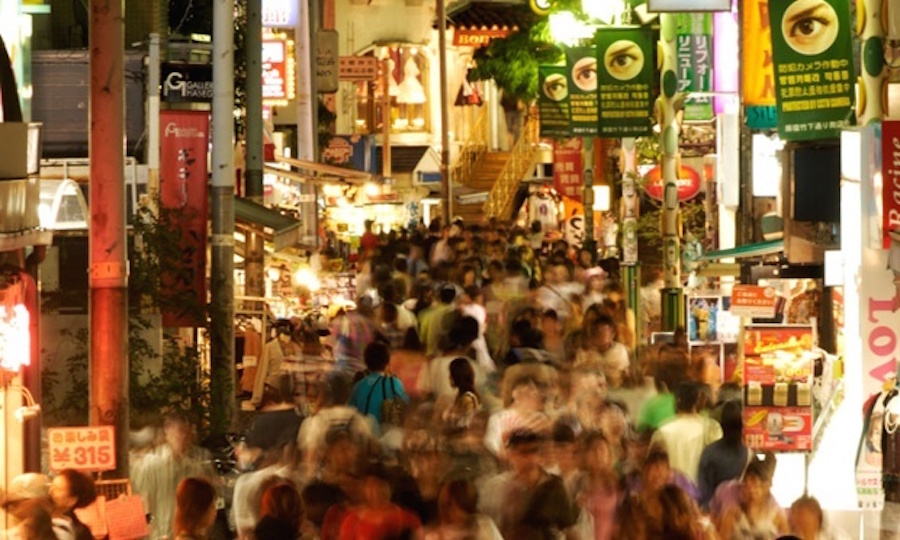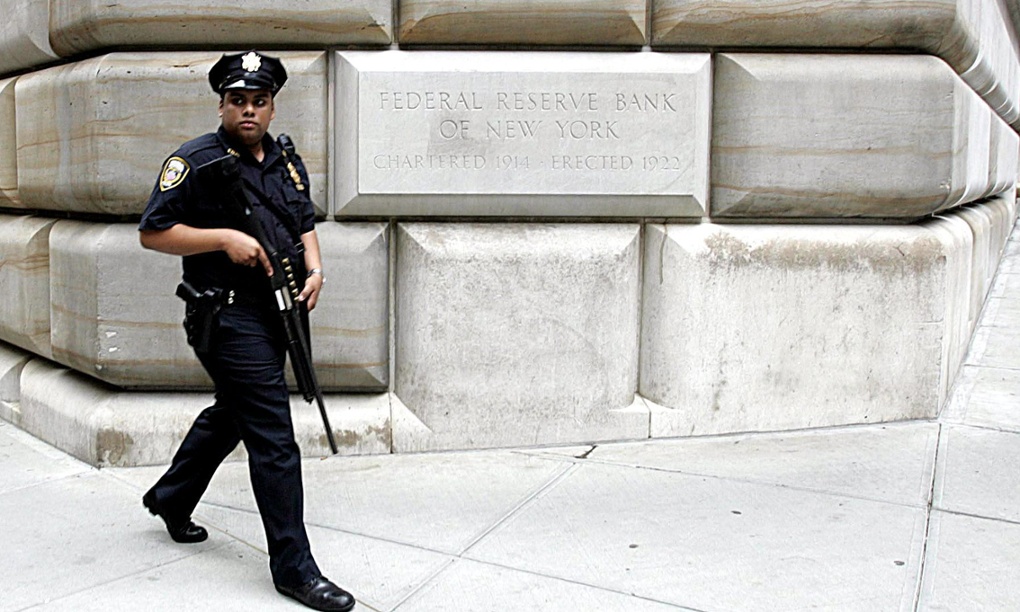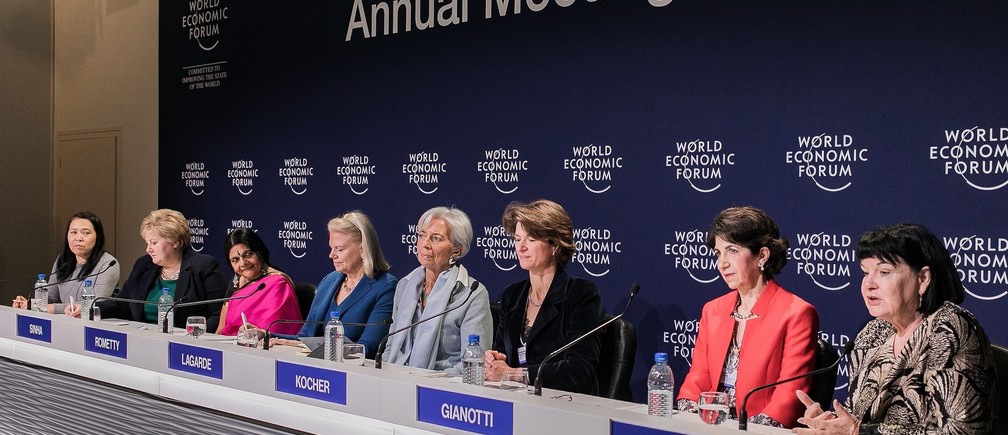
“Urban safety isn’t just about avoiding muggings. Sanitation, immigration and even air-traffic control all matter – often in ways you wouldn’t imagine.”
It’s not a recent initiative, but as far as unusual – and effective – measures to improve road-traffic safety go, mime is still hard to beat. In the mid-90s, Bogotá’s then-mayor, Antanas Mockus, employed more than 400 mime artists to stand guard at pedestrian crossings, showing wordless displeasure to reckless pedestrians and drivers who violated traffic rules and put lives at risk.
The experiment was included on the list of 100 Promising Practices on Safer Cities, a collection of global initiatives commissioned last year by UN-Habitat – the branch of the United Nations which looks at how to make an increasingly urbanised world work best. In recent years, however, various initiatives introduced in Bogotá to make walking and cycling safer have slipped. Bogotá is by no means the world’s safest city. So where is?
The first thing to consider is that safety isn’t just about how likely you are to be a victim of violent crime. In many cities, more visible crimes have fallen: in New York in 1990, the homicide rate peaked with 2,245 murders; last year it saw a record low of 328. But new risks are emerging: terrorism is a serious concern for any major city, and cyber crime is a growing threat – as cities increasingly rely on technology and connectedness, everything from traffic lights to air-traffic control, even sewage systems, could be vulnerable to hackers.

According to the Safe Cities Index, put together by the Economist’s Intelligence Unit (EIU), the title of world’s safest goes to the city that is also the most populous: Tokyo.
The EIU looked at a wide range of factors when putting together the index. It examined digital security, and considered the number of cyber attacks and how they were tackled. It looked at the obvious area of personal safety, but also infrastructure security – sanitation, roads, and management of natural disasters. In the health security category, it looked at quality of healthcare (for instance, how many hospital beds and doctors there were per 1,000 people), but also at issues such as pollution. As the report puts it, “Living in a safe and healthy urban environment can make a real and measurable difference to city inhabitants.” In the index’s top 25 cities, average life expectancy is 81; in the bottom half, it is 75.
From our partners:
Tokyo scored highly across all categories. The report highlights its low crime rate, and how city planners improved quality of life by banning diesel cars to reduce pollution, and pedestrianising large parts of the centre.
Before you start packing your bags, however, the conclusions aren’t simple: Tokyo also happens to be considered the world’s riskiest city, in part because of the huge number of people who would be harmed in an inevitable future earthquake. Nor does the report actually say which city is safest for you. From an individual’s point of view, as opposed to the municipal officials responsible for the smooth running of a city, isn’t personal safety more important than the threat of cyber crime? In that case, maybe you should look at Singapore instead. And what if health security is your priority, but you’ll take your chances on the streets? Move to Zurich: first for health, 13th for personal safety.

Other studies have revealed other issues that might be of personal importance. Amsterdam, for instance, is – perhaps unsurprisingly – a good place to be a on a bike. In 2011 and 2013, the Dutch city was ranked safest for cyclists by urban planning consultancy the Copenhagenize Design Company, using criteria such as bicycle facilities, drivers’ attitudes, and political will to promote cycling. The sheer proliferation of cyclists helps – cycling in the city, notes the report, is “about as mainstream as you can get” – as does cycling infrastructure and a 30kph speed limit.
There is no exhaustive ranking of the safest cities for women, but one survey last year looked specifically at how safe women were on public transport. Up to 500 women were polled in 15 of the world’s capitals, plus New York. They were asked about their experiences of being verbally harassed or assaulted by men, travelling at night, the likelihood that other passengers would come to their aid, and whether they trusted that officials would investigate reports of violence. Of the cities surveyed, New York came out best, with Bogota, Mexico City and Lima faring worst; London was ranked fourth safest.

But is it really possible, or even desirable, to rank cities according to their safety? “We are quite wary of doing that,” says Dr Michele Acuto, principal investigator for UCL’s City Leadership Initiative, which is working with the UN on how to improve urban safety. “Rankings pit cities against each other. If you say London is safer than Manchester, it’s a blunt generalisation. You can say London has a lower crime rate than Manchester – that would be correct – but making judgements on safety is perception-based.”
How do you make a city safer? Nobody wants to live in a police state. “You have to reduce crime, but it’s also things like improving safety of transport. If you make a city more sustainable, with more bike lanes, for instance, you can redesign it so that it’s also safer for pedestrians.” The wealth gap also has an important effect on a city’s safety:
“There is no safer-city agenda that can proceed without a social-equality agenda,” says Acuto.
And if there’s one factor you might want to consider as a sign of how safe your city is likely to be in future, look to the immigration rate. Studies in the US have shown that, far from what the anti-immigration lobby would have us believe, a city with more immigrants has lower crime rates. A study by Robert J Sampson, professor of social sciences at Harvard University, found that first-generation immigrants were 45% less likely – and second-generation immigrants 22% less likely – to commit violence than third-generation Americans. As Sampson has summed it up:
“If you want to be safe, move to an immigrant city.”
This feature is adopted from The Guardian.














